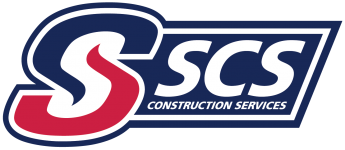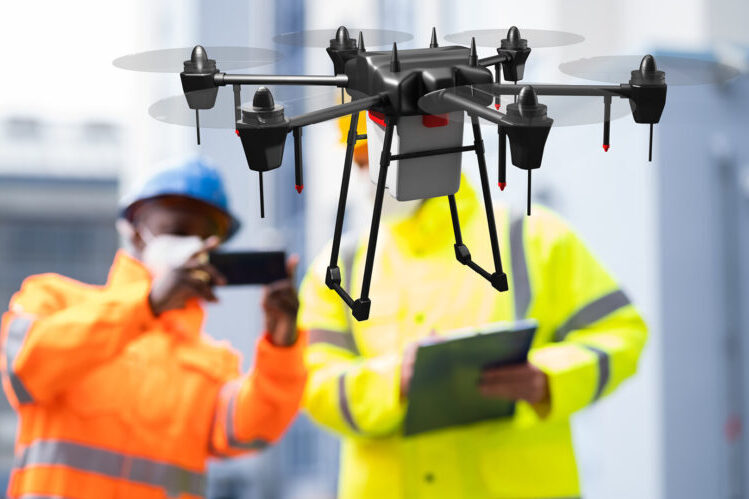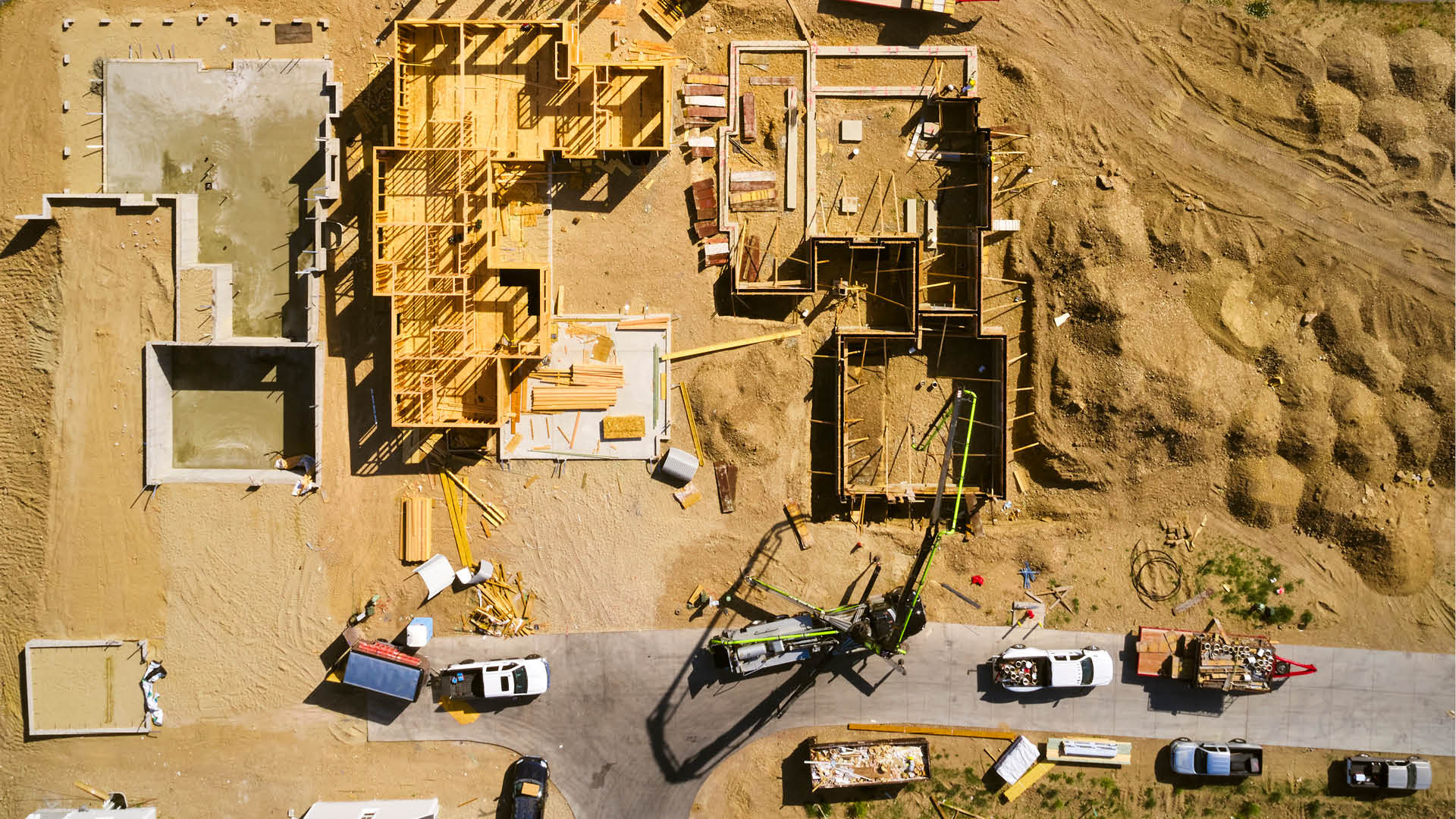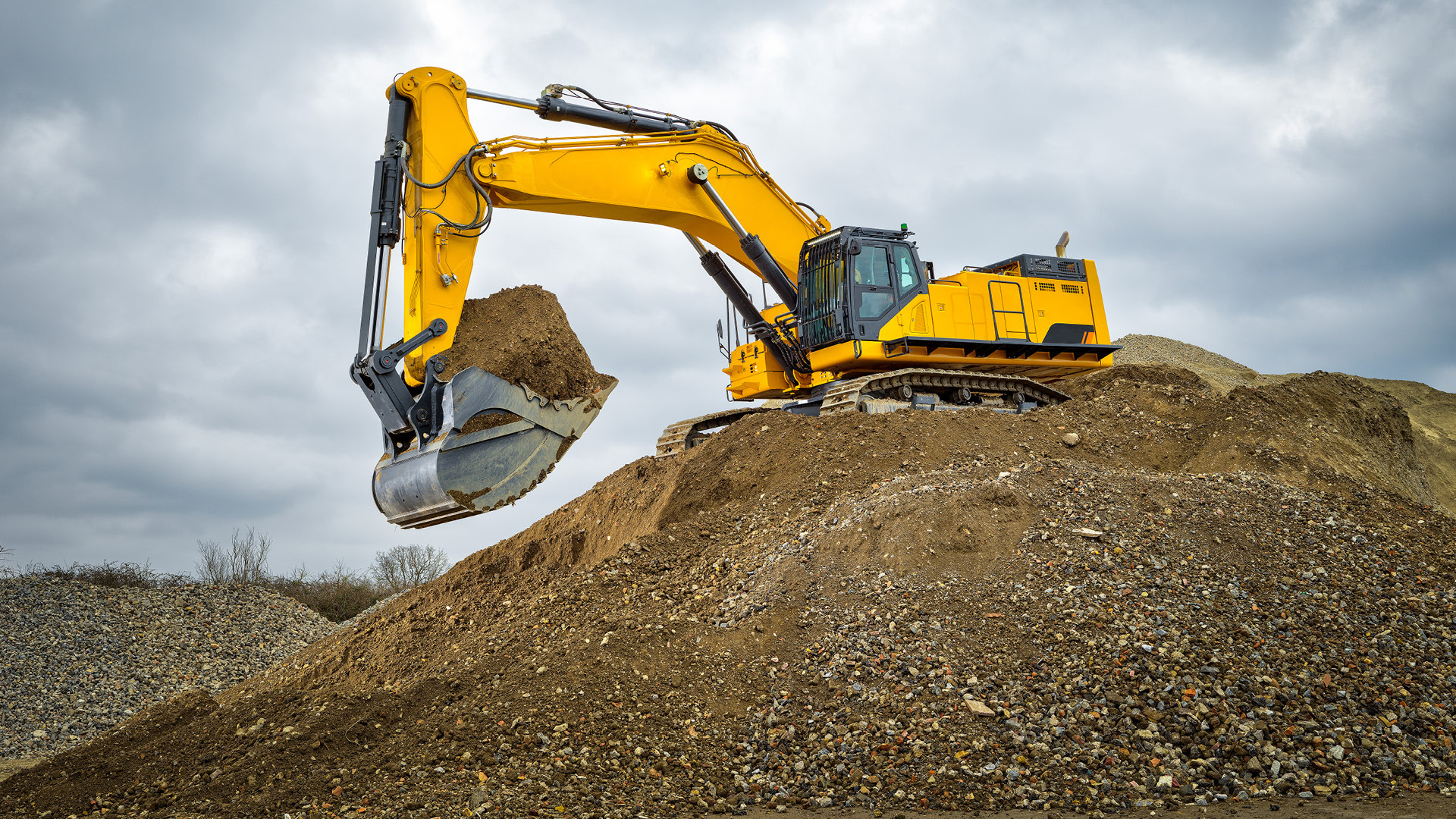When a building project is planned, it is essential to consider the codes and requirements for the area where you are building. Safety and accessibility are tantamount to every building plan and construction. Two important areas of codes are fire codes and ADA codes.
Fire Codes Ensure Building Safety
Fires in industrial, commercial, and manufacturing facilities lead to billions of dollars in losses every year. The majority of these losses come in the form of property damage, loss of inventory, and loss of productivity. But there is also loss of life, injuries, medical costs, insurance claims, and settlements. It is impossible to prevent every workplace fire. But take steps to diminish the damage. Buildings must follow fire codes and regulations designed to keep fires from growing out of control. The National Fire Protection Association (NFPA) has a complete list of fire codes and standards. In addition, there are variations in the requirements for different local and state jurisdictions. Here are a few of the major codes you need to consider in your next building project.
Fire Alarms
Often the first line of defense and for personnel safety in a fire are smoke detectors and fire alarms. Codes determine where and how many systems you place in your building. Install both carbon monoxide detectors and smoke detectors. They won’t do you any good if they are not in good working order. Regularly inspect them, and keep batteries charged. These systems give your building occupants more precious time to get to safety and to begin fire suppression and control.
Fire Escapes
Once the alarm sounds, the occupants of the building need a clear way to get to safety. Regulations require that every building has fire escape routes clearly marked. These routes must be clear of debris and obstacles that would impede progress to exit the building. Install all exit signs and emergency lighting at proper heights for visibility. Keep all doors, ladders, and exit apparatus in good working order.
Fire Extinguishers, the Tool for Safety
Sometimes a fire is contained enough that occupants of the building can begin the suppression process with a fire extinguisher. Therefore, be sure to install regular fire extinguishers. In addition, keep them fully charged, regularly serviced, and regularly inspected. Importantly, put other safety systems in areas where there is a store of dangerous materials. Many are automatically activated. There are carbon dioxide, dry and wet chemical, hybrid gas, and aerosol fire extinguishing systems available to maintain safety for occupants, inventory, and equipment.
Sprinkler Systems
One automatic system to protect your building is the sprinkler system. It’s not unusual for a sprinkler system to save you thousands of dollars in case of a fire and maintain safety for your occupants. To be effective, just like other fire safety equipment, regularly maintain, test, and inspect your sprinkler systems.
First Responders
If there is a fire, the only job of building occupants is to get out safely. It is not their job to fight the fire or make any rescues. These jobs are for our first responders. It is a good idea to inform your Fire Marshall, fire departments, and other first responders about your building so they are familiar with the layout, as well as with the current safety systems you have in place for protection. It is also a great idea to maintain a list of any stored materials and their locations. These things save valuable time in an emergency.
ADA Compliance
The Americans with Disabilities Act (ADA) requires that all buildings for public use or that serve the public must be accessible to people with disabilities. If you are not doing business with the public, then the same standard does not necessarily apply. The ADA requires that you make all work areas accessible for all your employees. If you hire someone with a wheelchair, for example, you may need to install a ramp for them to access their workspace. The most up-to-date standards were published in 2010. These standards apply to all buildings currently existing as well as all new building projects.
Parking
Be sure that your parking area has enough accessible parking spaces. For example, for every 25 regular parking spaces, you need at least one accessible parking space. In addition, at least one of every 6 accessible spaces must be van accessible. the code provides all measurements and height requirements. It is required that the spaces are clearly marked with signs that are at least 60 inches off the ground.
Entryways
If you have a commercial store, restaurant, or government building, it must be accessible to everyone. You must prevent any barriers from blocking entrances and exits. For safety, walkways must be clear of debris, large cracks, or uneven surfaces. If the main entrance is not accessible, an alternate entrance is an option. However, it must be available during all hours of operation and be clearly marked from the main entrance with directional signs.
Ramp Safety Requirements
Ramps have their own set of guidelines. It is important to note that it is not enough to just have a ramp in place. Other rules apply. For instance, there are guidelines on how steep the ramp is. If the ramp has a rise of more than six inches, it must have handrails. The landing areas at the top and bottoms of the ramps must be of certain dimensions as well.
Doorways
Doorways must be wide enough for wheelchairs. There must be at least 60 inches of maneuverability. The threshold of the doors should be no more than ¼ inch high unless it has beveled edges.
Door Handles
The door handles of a public building must allow people to open with one hand. To be even more specific, they must not require tight gripping or twisting of the wrist. Likewise, they must be between 34 and 48 inches from the ground. Finally, automatic doors are always beneficial.
These are only some of the ADA requirements, and we have barely gotten into the building! There are also guidelines for counter heights, elevators, restrooms, and signs for those with vision challenges. For sure you want your building project to meet safety standards and be ADA compliant so that your facility welcomes all members of the public.
A contractor must know the particular federal, state, and local fire codes and ADA compliance standards for each and every building project. We know, and have the experience to ensure your building projects are up to code. We understand all the codes for your next building. At SCS Construction, we are happy to help you plan your next project within the proper regulations! Call us at 317-272-0129.
Are you on Facebook? We are, too. Let’s be friends!




Recent Comments